#eugene louis boudin
Text


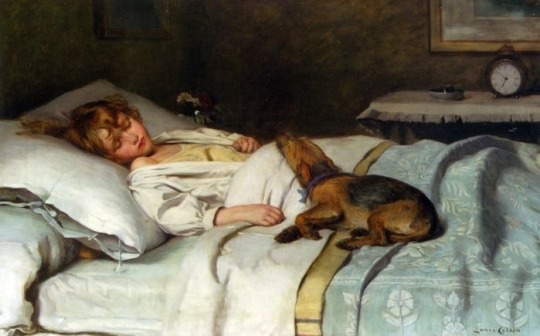
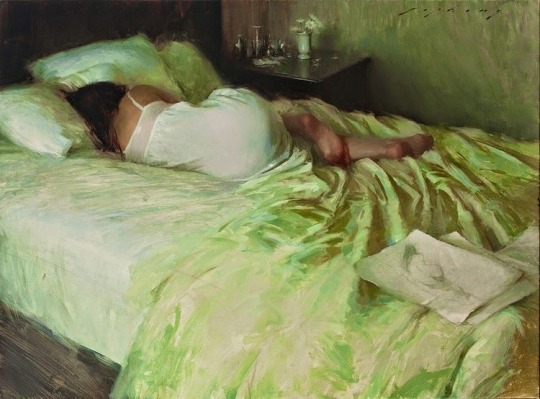


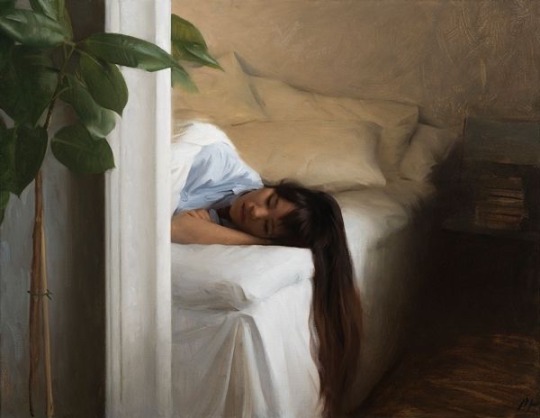

—sleep
philip geiger // michael mao // lance calkin // jeremy lipking // eugene louis boudin // vincent giarrano // nick alm // richard schmid
#art#paintings#web weave#philip geiger#michael mao#lance calkin#jeremy lipking#eugene louis boudin#vincent giarrano#nick alm#richard schmid#sleep#sleeping beauty
7K notes
·
View notes
Photo
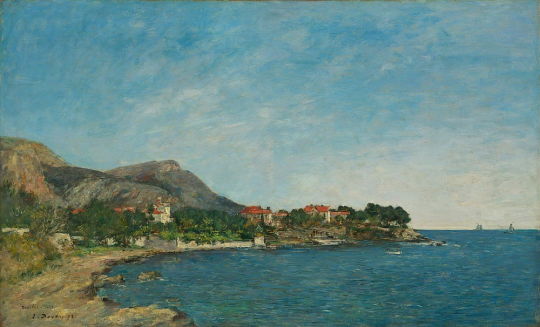
Beaulieu: Die Bucht von Fourmis, 1892 von Eugene Louis Boudin
#kunst#kunstwerk#art#artwork#eugene louis boudin#künstler#artist#landschaft#landscape#beaulieu#bucht#bay#fourmis#küste#coast#sea#meer#water#wasser#frankreich#france#land#impressionism#impressionismus#blauer himmel#blue sky
81 notes
·
View notes
Photo

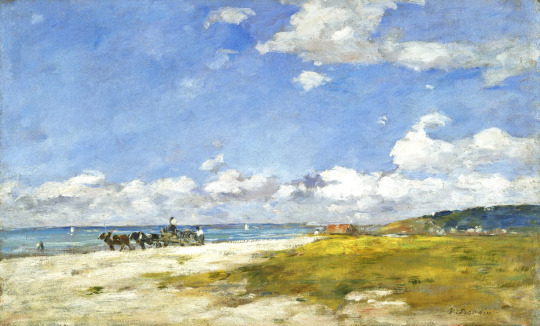
Today is officially the first day of summer! You may be eager to get to the beach and soak up some sun, much like Eugène Louis Boudin did over a century ago when he painted “The Beach at Trouville.”
Boudin was dedicated to working “en plein air,” or outdoors. In “The Beach at Trouville,” he captured not only the activity of local workers and their horse-drawn cart, but also the movements of the clouds and waves.. Boudin and histechnique of painting outdoors, focusing on the effects of color and light, inspired a young Claude Monet to practice painting landscapes “en plein air” as well.
Boudin’s “The Beach at Trouville,”along with many other summertime scenes, can be seen on the fifth floor of the museum, in “Monet to Morisot: The Real and Imagined in European Art.”
🎨 Eugène Louis Boudin (French, 1824-1898). The Beach At Trouville, circa 1887-96. Oil on canvas. Brooklyn Museum, Bequest of Robert B. Woodward, 15.314
#Brooklyn Museum#brooklyn#museum#summer#art#Eugene Louis Boudin#painting#beach#exhibition#bkmeuropeanart
27 notes
·
View notes
Photo

Berck, bewoelkte Landschaft, 1882von Eugene Louis BoudinÖl auf Leinwand, 1882Ashmolean Museum, University of Oxford, UK
#Eugene Louis Boudin#landschaft#landschaftsmalerei#kunst#gemälde#meisterwerk#kunstdruck#museum#galerie#kunstwerk#alte meister
3 notes
·
View notes
Text
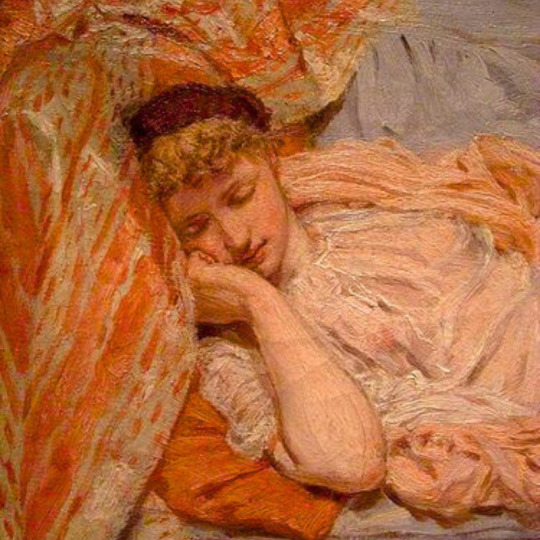
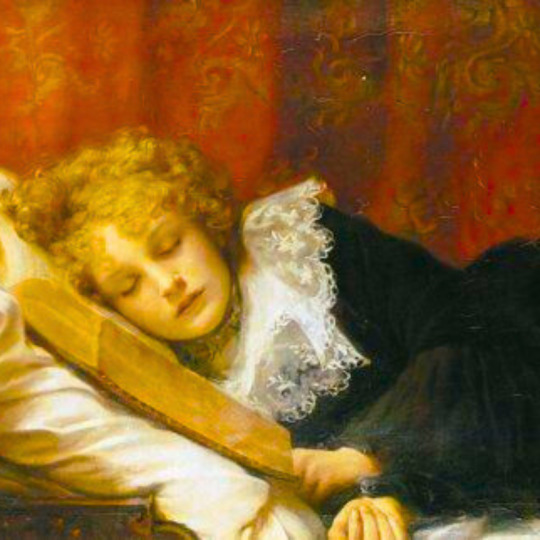
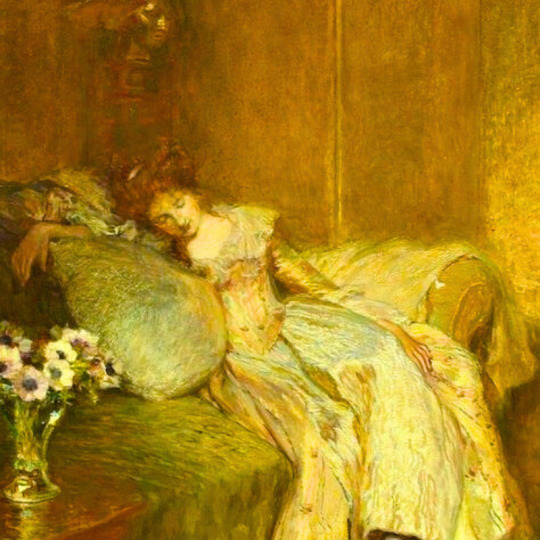
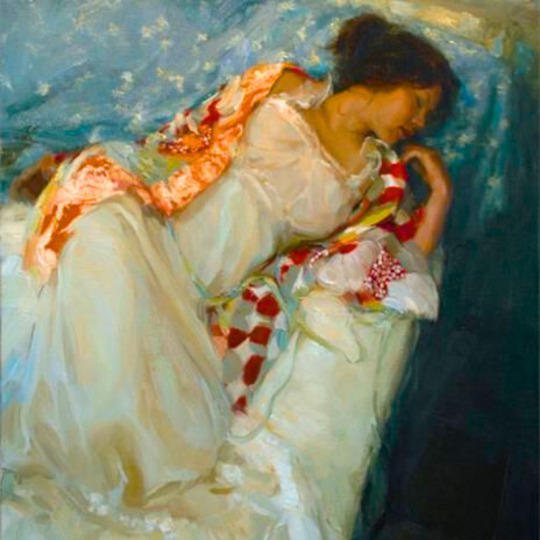
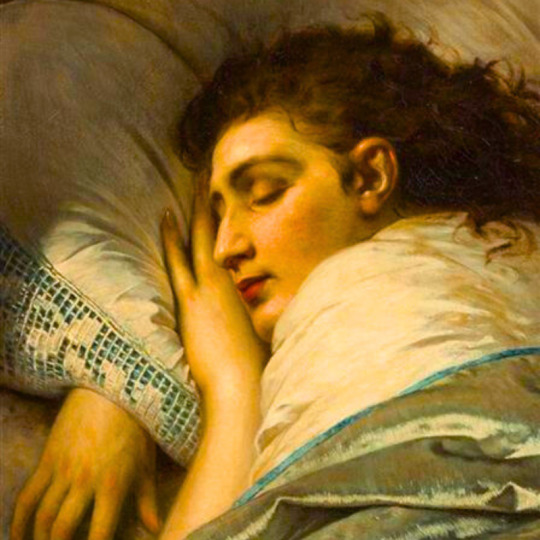




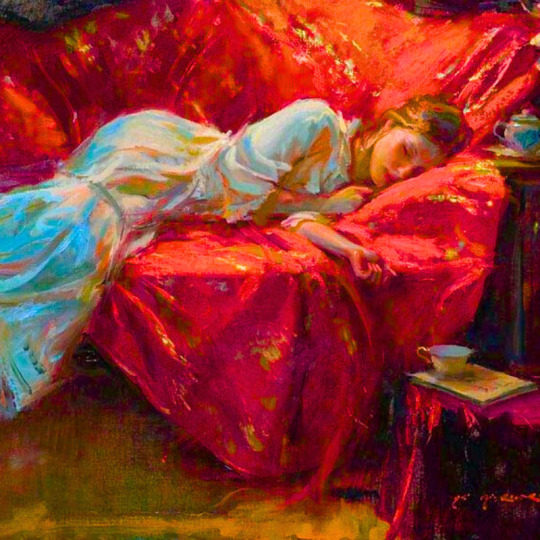
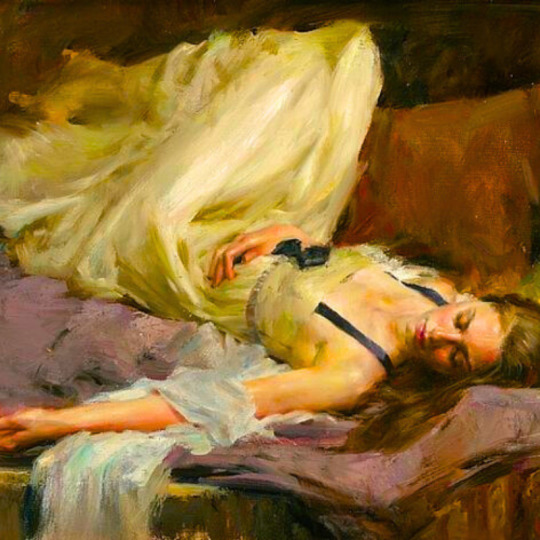
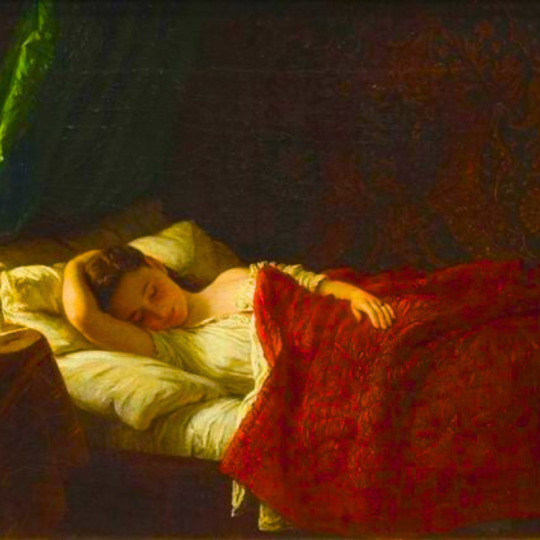

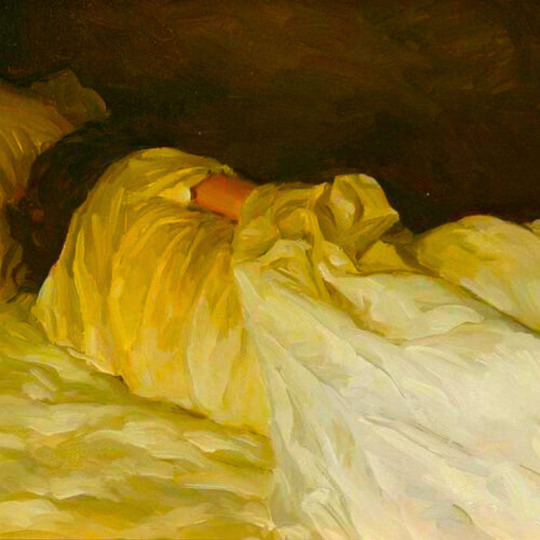


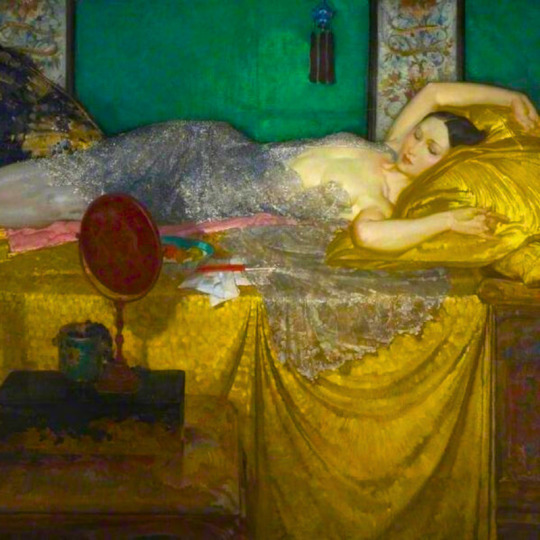






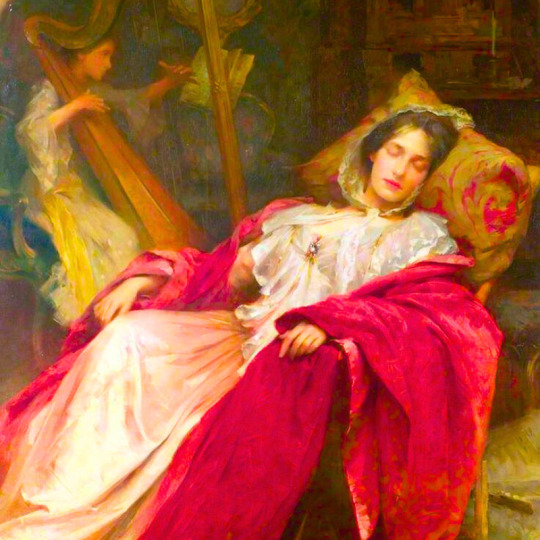



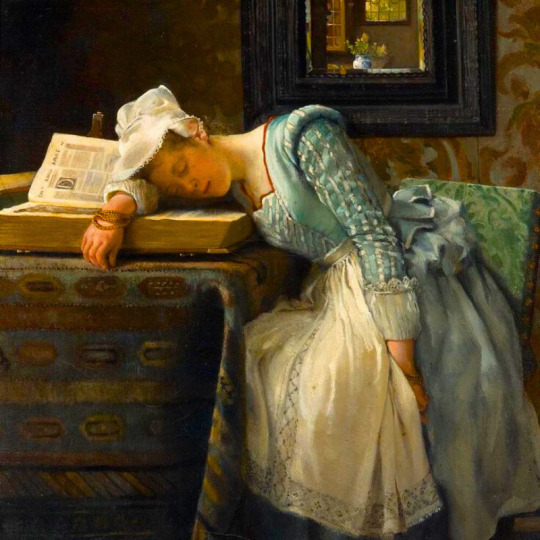
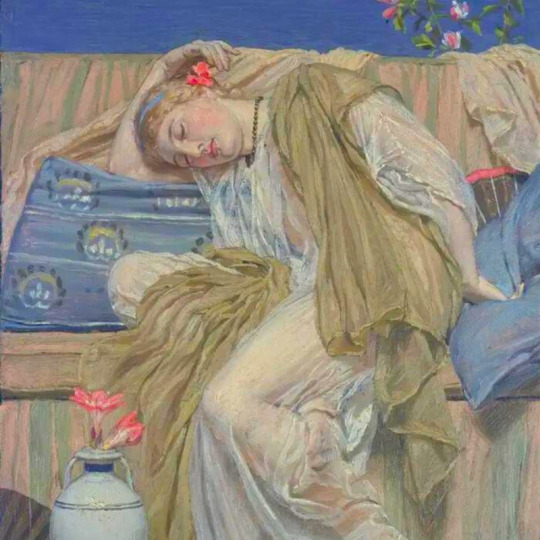

sleep + art
#lilies by albert joseph moore#a book at bedtime by emma irlam briggs#a golden dream by joseph walter#dont know the title but its by johanna harmon#sleeping woman by anton ebert#a workbasket by albert joseph moore#indigo and ivory by daniel gerhartz#reclining model by allan douglas davidson#in bed by federico zandomeneghi#dont know the title but its by daniel gerhartz#dont know title but its by mary qian#sleeping beauty by johann georg meyer von bremen#dont know title but its by rupert bunny#i cant find the artist or title#artist is eugene louis boudin#artist is richard s johnson#silver and gold by william russell flint#artist is pino daeni sonnett#dont know the artist or title#rest on the violet couch by vladimir volegov#someone is waiting by david hettinger#i cant find the artist#robin of modern times by john roddam spencer stanhope#dreams by samuel melton fisher#it's called girl in a white dress resting on a sofa i think but i cant find an artist#artist is henri joseph thomas#portrait of a young woman by jan van beers#world of dreams by laura theresa alma-tadema#a sleeping girl by albert joseph moore#nonchaloir by john singer sargent
2K notes
·
View notes
Text

Eugene Louis Boudin, Still Life with Lobster on a White Tablecloth, ca. 1853-1856, oil on canvas.
#dark academia#high museum of art#museum#art#oil on canvas#light academia#academia#academic#chaotic academia
10 notes
·
View notes
Text
Great masters of the past - Claude Monet
Early Life
Claude Monet was born in Paris in 1840. He was the eldest son of his parents. His parents moved to the city of Havre, Normandy, when he was five years of age. He spent his childhood along the beaches. He learned from his friends and nature itself. The knowledge he gained along the sea, its beaches, and the rapidly shifting Norman weather influenced his art greatly. It helped him to display his fresh vision of nature in his paintings. He made a significant contribution to impressionist painting of which he is said to be the founder.
Education
Monet did not receive formal education in art. Initially, as a teenager, he studied with a local artist, Jacques-Francois Ochard. Later, he became a friend of Eugene Boudin who introduced him to the art of painting in the open air. His refusal to join the Ecole des Beaux-Art became a subject of annoyance for his family.
Later on, Monet became famous for recording on-the-spot impressions that a momentary vision of the scene left in him. He made pencil sketches of sailing ships, which were almost technical in their clear descriptiveness. In the month of April 1851, Monet entered the Le Havre Secondary School of Arts. He became locally known for his charcoal caricatures which he was selling for 10 to 20 francs. Later under the informal tutelage of the master of the landscape painter, Johan Jongkind, he further honed his artistic skill. However, his life as a painter did not begin until he met Eugene Boudin who introduced him to the then uncommon style of painting in the open air. This experience set the direction for Monet’s next 60 years of his life as a painter.
Impressionist
Painting oil landscapes in studios had been in vogue since the 16th century. The process involved using recollections rather than direct impressions of the subject of the painting. In 1872, Monet painted a scene of the French port Le Havre, using very loose brush strokes, and named the picture ‘Impression‘. In this painting, Monet depicted mist for providing hazy background. He made brilliant use of colors to contrast with the darker objects in the picture, such as dark vessels floating on the water. He placed the picture in a month-long exhibition in 1874 along with the paintings of some of his friends, including Camille Pissarro, Alfred Sisley, Edouard Manet, Paul Cezanne, and Edgar Degas. These artists organized exhibitions on their own as Paris Salon usually rejected their paintings.
Claude Monet’s Impression, Sunrise (1872) famous painting – Stretched Canvas
Presently, ‘Impression: Sunrise‘ is considered the most prominent and rated along with Van Gogh’s ‘Night Stars’.
Origin of Impressionism
Monet’s Impression, ‘Sunrise’ grabbed the most attention of the visitors. An art critic, M. Louis Leroy, who attended the exhibition wrote an article in which he used the term ‘Impressionist‘ based on the title of the painting. Though Leroy used this term derisively, other famous painters like Renoir and Degas felt happy to be called Impressionists. Thereafter, all these artists together came to be known as ‘Impressionists’ after the style newly introduced by Claude Monet into the world of art.
Claude Monet’s Seascape, Storm (1866) -Stretched Canvas
Claude Monet’s Grainstack, Sun in the Mist (1891) – Stretched Canvas
In this style of painting, artists painted pictures outside, ‘en Plein air`, a phrase in French that stands for open air. Experts say that in the impressionist style of painting, artists wanted to capture the fleeting moments of time in their canvasses.
Impressionist painting – a quick job
In Impressionist painting, ‘artists had to work quickly, using gestural brushstrokes of paint because the light conditions kept changing.’ Another famous painter of that period of time, John Singer Sargent’s, painting, ‘Claude Monet's Painting by the Edge of a Wood‘ (1885) provides an apt and ample definition of impressionist painting. In this painting, Claude Monet is seen painting a picture en Plein air, or in the open air. More often Monet’s subject matter involved domestic scenes featuring the members of his family and the garden. Some of his paintings, such as, On the Bank of the Seine, Bennecourt (1868), or The Beach at Sainte-Adresse (1867) were clear indications of Monet’s advance toward the Impressionist style.
Water Lilies Series
Monet is famous for producing repeated studies of the same motif in series, changing canvasses with the light or his interest shifted. These series of paintings of one motif were exhibited in groups, for example, his images of Haystacks (1890-91), Rouen Cathedral (1894), and the Water Lilies Pond series. Claude Monet painted a series of pictures of ‘water lilies’ (1916) that were a part of the garden at his house in Giverny. This series of paintings have come to be called ‘abstract-impressionist paintings’, reportedly, because the surface of the pond fills the entire canvas with light and color and the picture looks almost abstract. Monet is said to have painted ‘water lilies’ in all seasons and in all weather for over 30 years.
More at: https://cirtemmysart.com/blog/-claude-monet/
3 notes
·
View notes
Text
Birthdays 7.12
Beer Birthdays
Pete Brown (1968)
Five Favorite Birthdays
Buckminster Fuller; architect, inventor (1895)
Pablo Neruda; poet (1904)
Jamey Sheridan; actor (1951)
Henry David Thoreau (1817)
Andrew Wyeth; artist (1917)
Famous Birthdays
Milton Berle; actor, comedian (1908)
Eugene Boudin; French artist (1824)
Conte Candoli; jazz trumpeter (1927)
George Washington Carver; botanist (1864)
Van Cliburn; classical pianist (1934)
Bill Cosby; comedian (1937)
George Eastman; photography inventor (1854)
Walter Egan; rock musician (1948)
Anna Friel; British actor (1976)
Topher Grace; actor (1978)
Oscar Hammerstein II; lyricist (1895)
Mel Harris; actor (1956)
Cheryl Ladd; actor (1951)
Willis Lamb; physicist (1913)
Louis B. Mayer; film producer (1884)
Christine McVie; rock musician (1943)
Amedeo Modigliani (1884)
Michelle Rodriguez; actor (1978)
Richard Simmons; exercise guru (1948)
Richard Smith; GM executive, "Roger & Me" (1925)
Jay Thomas; actor (1948)
Josiah Wedgewood; potter (1730)
John Wetton; rock bassist (1949)
Bambi Wood; porn actor (1955)
Kristi Yamaguchi; figure skater (1971)
0 notes
Photo

Eugene Louis Boudin (French landscape painter, 1824-1898) On the Beach Sun
14 notes
·
View notes
Photo

Voiliers devant Trouville by Eugene Louis Boudin
108 notes
·
View notes
Photo

Eugene-Louis Boudin (1824-1898) - Deauville, Flag-Decked Ships in the Inner Harbor
11 notes
·
View notes
Photo

Berck, bewoelkte Landschaft, 1882
von Eugene Louis Boudin
Öl auf Leinwand, 1882
Ashmolean Museum, University of Oxford, UK
#Eugene Louis Boudin#landschaft#landschaftsmalerei#kunst#gemälde#meisterwerk#kunstdruck#museum#galerie#kunstwerk#alte meister
6 notes
·
View notes
Photo






Seascape with Large Sky by Eugene-Louis Boudin
The Road of Damiette by Armand Guillaumin
Nightfall by Claude Monet
Sunset on the Seine at Lavacourt, Winter Effect by Claude Monet
Sunset at Sea by Pierre-Auguste Renoir
#clouds#sky#photography#art#impressionism#sky photography#sunset#sunrise#cloud photography#cloud painting
20 notes
·
View notes
Photo

Gypsy Horses, c.1885-90
by Eugene Louis Boudin
Oil on canvas
Private Collection
5 notes
·
View notes
Photo

Eugène Louis Boudin (1824–1898), Voiliers devant Trouville / Sailboats near Trouville, ca 1884.
oil on panel, 31.5 × 42 cm
20 notes
·
View notes
